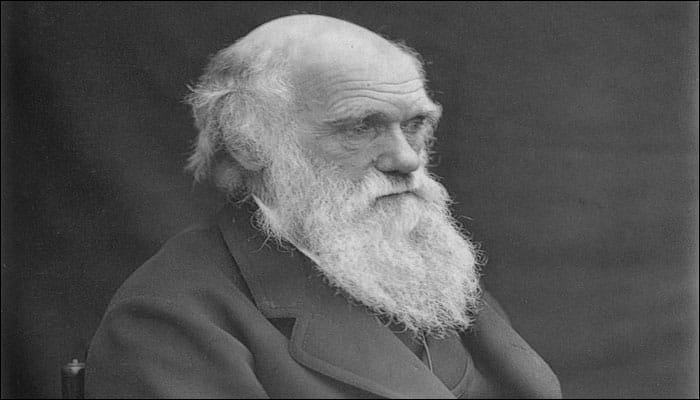New Delhi: Charles Darwin's theory of 'living fossils' has finally gathered support as the scientists studying the theory identified a new way to measure the evolutionary rate of these enigmatic creatures.
The Sphenodon or tuatara is a relatively large lizard-like animal that once lived on the main islands of New Zealand but has been pushed to smaller, offshore islands by human activity.
Tuataras are not lizards, although they share a common ancestor from about 240 million years ago, and have survived as an independent evolutionary line for all that time.
Researchers at University of Bristol in the UK measured jaw bones from all fossil relatives of the living tuatara, and compared these as evidence of dietary adaptation.
They also examined rates of morphological evolution in the living tuatara and its extinct fossil relatives.
The study confirms two key points: the tuatara has shown very slow evolution, as expected, and importantly, its anatomy is very conservative, researchers said.
(With PTI inputs)
















